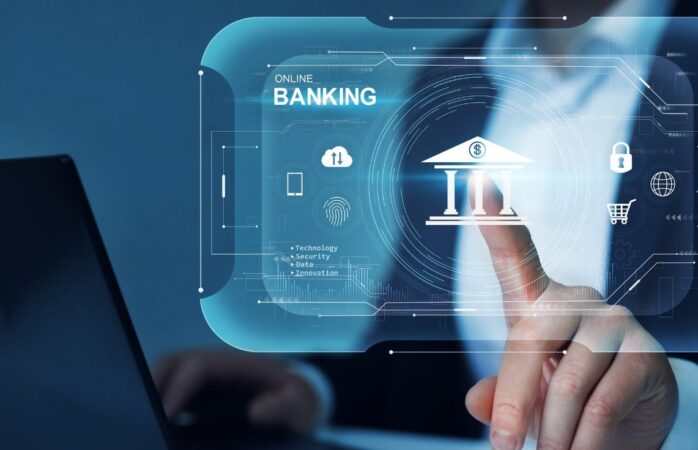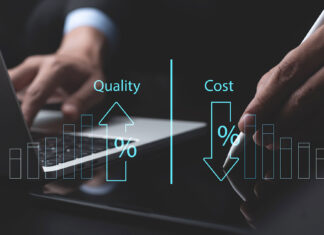The rapid advancement of technology and the widespread use of personal online banking in recent years has had a significant impact on the banking landscape in the United States. The development of digital banking has completely transformed the financial sector and altered how customers handle their finances.
The Emergence of Personal Online Banking: A Game Changer
Early in the 1990s, banks began to provide their clients with basic online services, sowing the seeds for modern banking. This signaled the start of personal online banking, where users could conduct straightforward operations and access account data using Internet banking services.
Digital banking, however, really took off in the middle of the 2000s with the rise of smartphones and mobile internet.
The way individuals engage with their finances was revolutionized when banks started creating user-friendly mobile applications that let clients execute banking activities while on the go.
Convenience and Accessibility: The Driving Force

The exceptional accessibility and ease that personal online banking provides can be used as justification for its quick uptake.
Customers are no longer limited by traditional banking hours and can now monitor their accounts, transfer money, pay bills, and even apply for loans whether at home or on the go.
With the development of digital wallets and contactless payments, transactions have become even more efficient and don’t require actual currency. Personal online banking gave many people access to financial services, enabling them to take a more active role in the economy.
Enhanced Security Measures: Building Trust in Digital Banking
Despite the ease, security worries were mostly to blame for the initial resistance to digital banking. Banks made significant investments in cutting-edge security measures as the sector developed to safeguard sensitive client data and transactions.
The adoption of multi-factor authentication, biometrics, and encryption technology as standard features has increased users’ trust and confidence in online banking.
As a result, people’s anxiety over fraud and cyberattacks progressively decreased, and more people started to enjoy using digital banking services.
Data-Driven Personalization: Tailoring Financial Services

The vast amount of data generated by personal Internet banking is one of its most important benefits. Banks may examine transaction histories, spending trends, and other financial behaviors with consumers’ permission.
Financial institutions can provide unique consumers with individualized recommendations and targeted goods and services thanks to this useful data.
Data-driven personalization enables consumers to make better financial decisions, building a stronger bond between banks and their customers through individualized investment alternatives and savings plans.
Challenges and Regulation: Balancing Innovation and Security
The development of personal online banking has not been without difficulties. The risk of regulatory frameworks becoming obsolete is posed by the quick rate of technological innovation.
For both governments and financial institutions, finding the ideal balance between promoting innovation and guaranteeing consumer safety continues to be a major goal.
Maintaining customer confidence and advancing digital banking will depend on putting in place strong cybersecurity safeguards and abiding by data privacy laws as the industry expands.
The Future of Digital Banking in the US
Looking ahead, digital banking in the US seems to have a bright future. Blockchain and other emerging technologies have the potential to significantly alter financial services as they acquire acceptance.
Instant customer service is currently provided by AI-powered chatbots, and blockchain technology has the potential to make international transactions faster, more secure, and transparent.
A new wave of innovation in personal online banking is also expected to be spurred by the unfolding of open banking, a concept that encourages financial institutions to securely exchange consumer data with outside suppliers.
Consumers can access a wider choice of financial products and services through open APIs (Application Programming Interfaces), fostering a more competitive and dynamic banking sector.

The development of personal online banking has substantially influenced how US finance will develop in the future.
Digital banking has evolved from its humble beginnings as a simple Internet platform into a sophisticated system that puts an emphasis on ease, accessibility, security, and customization.
The financial environment will change even more in the future as the financial sector continues to adopt technology innovations, fostering both customer empowerment and innovation in equal measure.



















